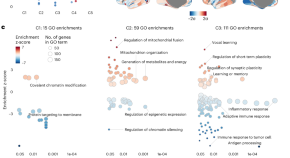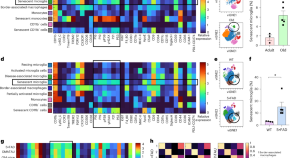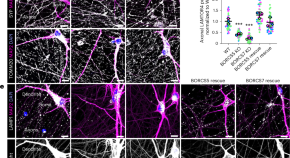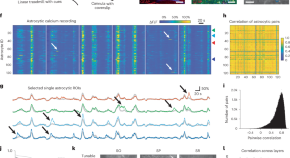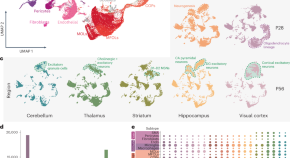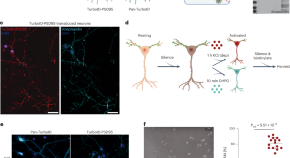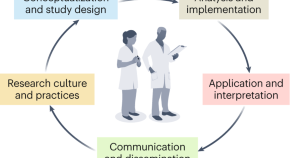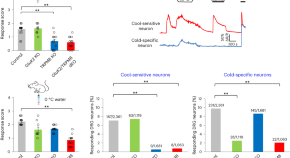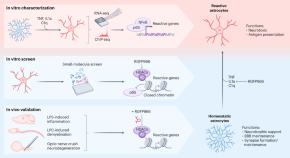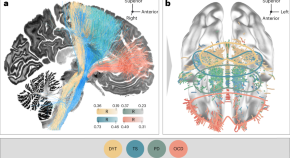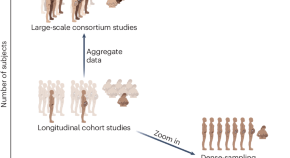Featured
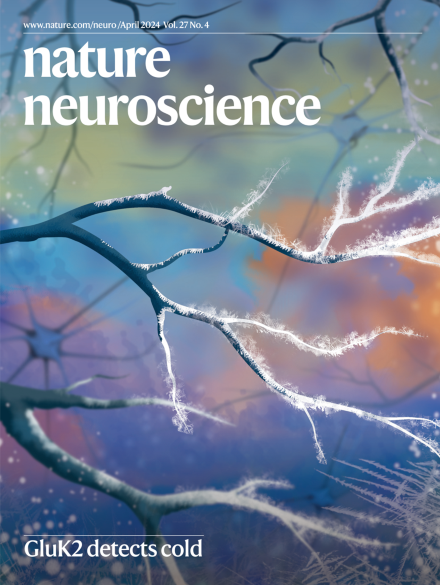
Advertisement
-
-
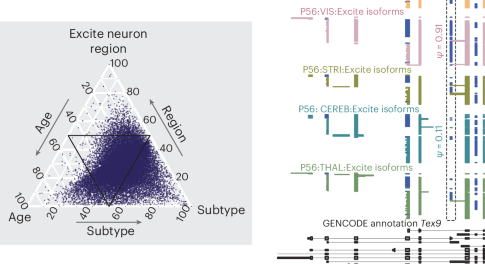
Widespread changes in alternative splicing in developing and adult mouse brain
In the first comprehensive mRNA isoform atlas of the developing and adult mouse brain, we discover that region and age influence the isoform repertoire of cell subtypes. We link peak cell type regulation to the critical development period and report attenuated levels in adulthood.
-
-
Trending - Altmetric
-
Pervasive environmental chemicals impair oligodendrocyte development
-
Population coding of strategic variables during foraging in freely moving macaques
-
Identification of senescent, TREM2-expressing microglia in aging and Alzheimer’s disease model mouse brain
-
In conversation with Fernando de Castro Soubriet


